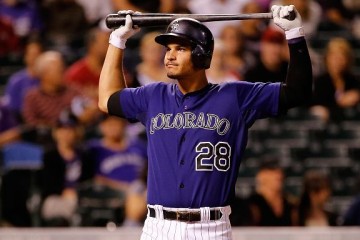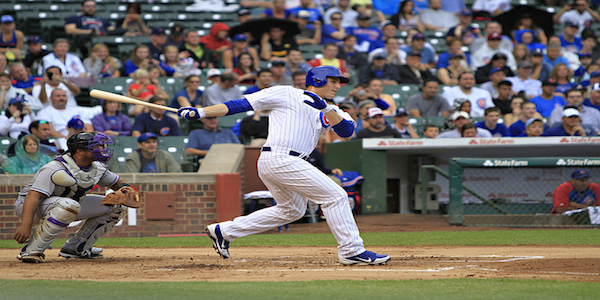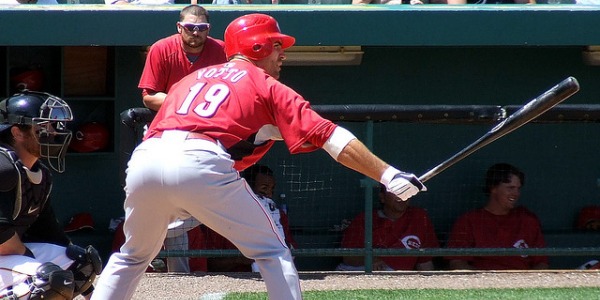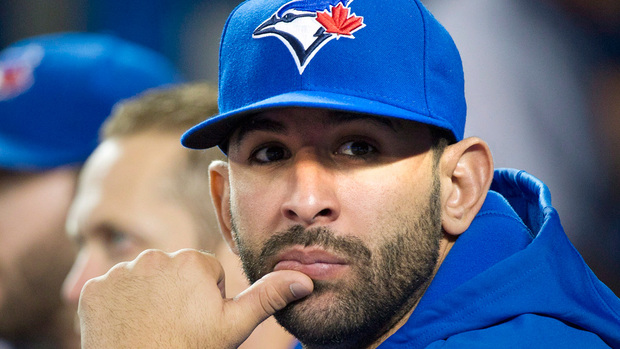Kendrys Morales is a Large Risk
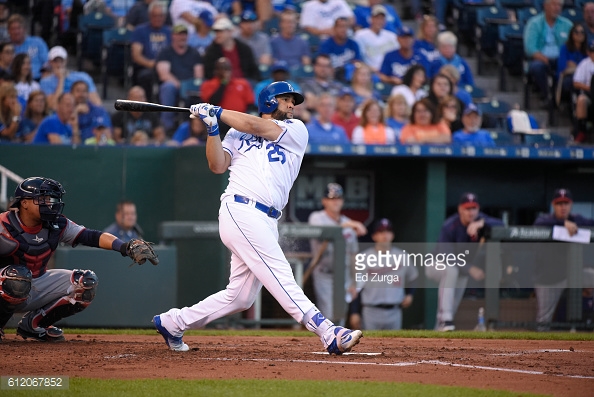
The Toronto Blue Jays made their first major splash in the offseason last week when they inked free agent DH Kendrys Morales to a three-year, $33 million deal. While $33 million is a modest cost in today’s baseball, there is plenty of reason to believe that this will come back to bite the Blue Jays, especially the latter end of the contract.
It’s possible that the Jays could lose both Edwin Encarnacion and Jose Bautista to free agency this season, an immediate loss that would be felt in the middle of their order. Encarnacion will likely command over $100 million, while Bautista could end up getting somewhere around $75. In this context, handing Morales $11 million annually is somewhat of a no-brainer. Even though Morales is 33-years-old, he still hit 30 home runs last year and nearly drove in 100 runs. While he won’t match the production of Bautista or Encarnacion, he can at least help soften the blow if they do end up losing both sluggers. There is one huge glaring issue, though: Morales can only DH, given the issues with his legs.
In this context, the contract is a bit of a head scratcher. While the singing doesn’t necessarily rule out the possibility of bringing Encarnacion back, it very nearly puts the nail in the coffin for a reunion. Now, the Blue Jays are staring at a gapping hole at first base, one that is very difficult to with this offseason’s weak free agent class. Mark Trumbo aside, there isn’t many attractive first baseman on the market, and the Blue Jays aren’t likely to hand Trumbo the contract that he will command. Perhaps bringing in Mike Napoli would make some sense, but like Morales, he himself is better relegated as a DH.
The thing that pops out Morales’ 2016 season is the fact that he wasn’t really all that productive. His 110 wRC+ ranks him with the likes of Martin Prado, Matt Kemp, and Yasmany Tomas. Additionally, per Fangraphs.com, Morales was good for just .7 WAR last season, would makes him just slightly above a league average player. It’s worth mentioning that in 2016, Morales’ strikeout percentage hit a near career-high for him, while his walk percentage dropped nearly two points. For someone who is getting paid exclusively to hit, one would hope that the numbers would look better.
There’s a reason that the offensively challenged Kansas City Royals didn’t want to pick up Morales’ $11 million option for 2017; he’s simply not as good as basic statistics suggest. There is much more to a player than home runs and RBIs. If Morales were to regress again in 2017, the contract will likely look ugly for the Jays.
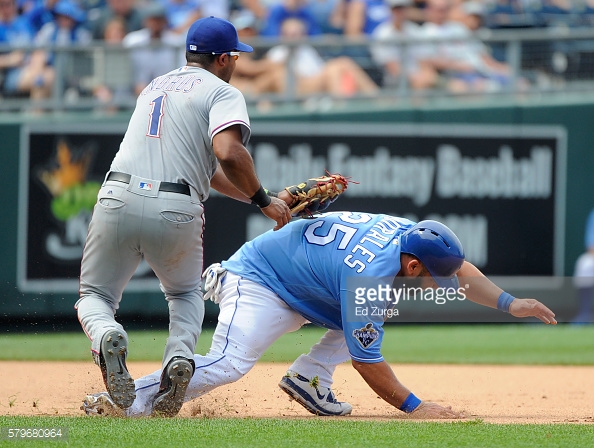
One thing that jumps out when looking at Morales’ numbers is the struggles he experienced against right-handed pitching in 2016. In 376 at-bats against righties, Morales struck out 22% of the time he was up. Though he did slug 19 home runs as a lefty, he still batted just .231.
This contract certainly isn’t one that can bring a franchise tumbling down. In fact, even if it doesn’t work out for the Jays, it won’t have a huge effect on the long-term outlook of the team. However, having a full-time DH isn’t an idea that many are crazy about. The Blue Jays are very familiar with injuries, and they have a few key players heading into 2017 with injury concerns. Unfortunately, if they wanted to give Troy Tulowitzki a day off in the field, for example, that would mean leaving Morales out of the lineup. Ask the 2014 New York Yankees what it was like having aging stars to go along with a full-time DH.
Toronto now has to turn their focus not only to first base, but left field and right field as well. As of right now, they would presumably be running out Dalton Pompey, Kevin Pillar, and Melvin Upton, respectively. For a team that has been an offensive juggernaut for the past couple of years, a lot needs to be improved if they want to find themselves in a third consecutive ALCS.


